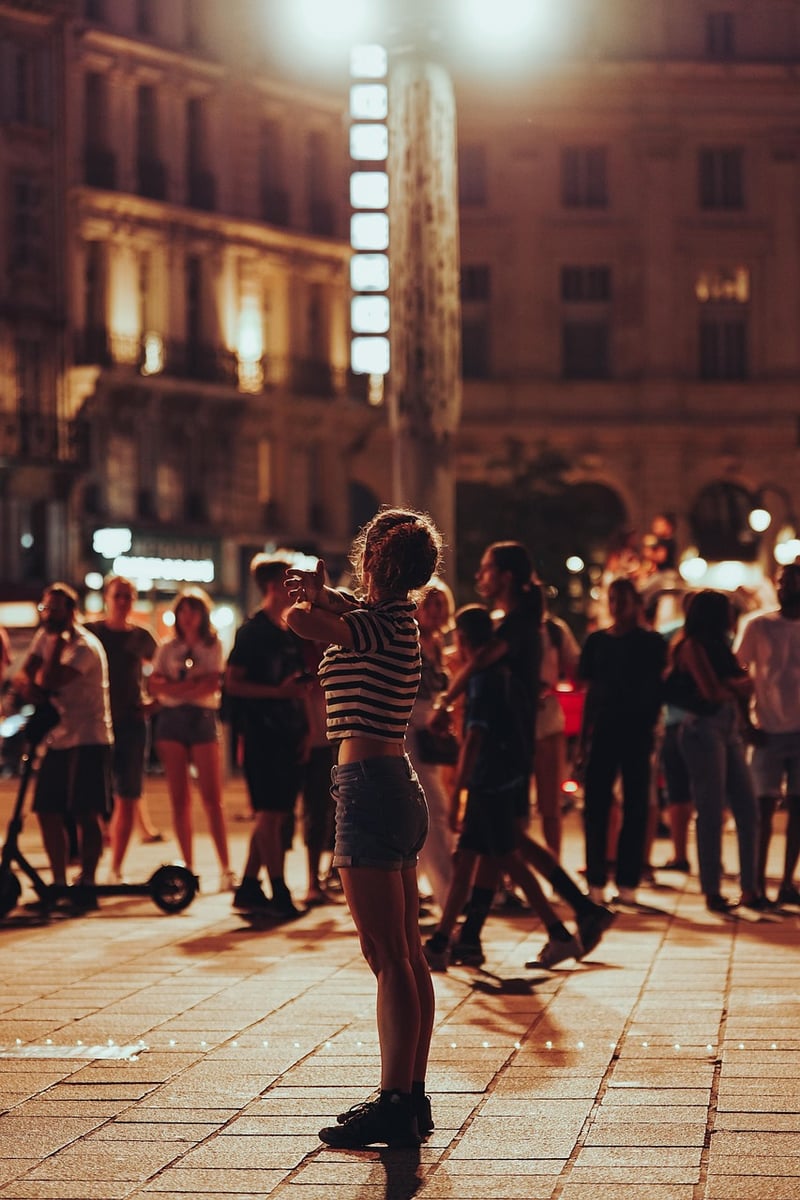Hip Hop
Exploring Expressive Movement Forms in Hip Hop
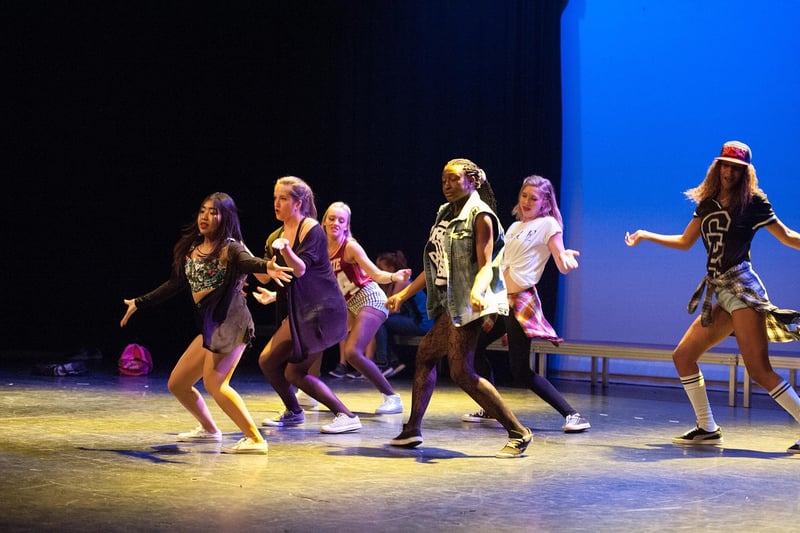
Hip Hop, a cultural movement that emerged in the 1970s in New York City, encompasses various art forms, including rap music, DJing, graffiti art, and most notably, dance. Within the realm of dance, Hip Hop offers a platform for expressive movement forms that captivate audiences worldwide.
Breaking
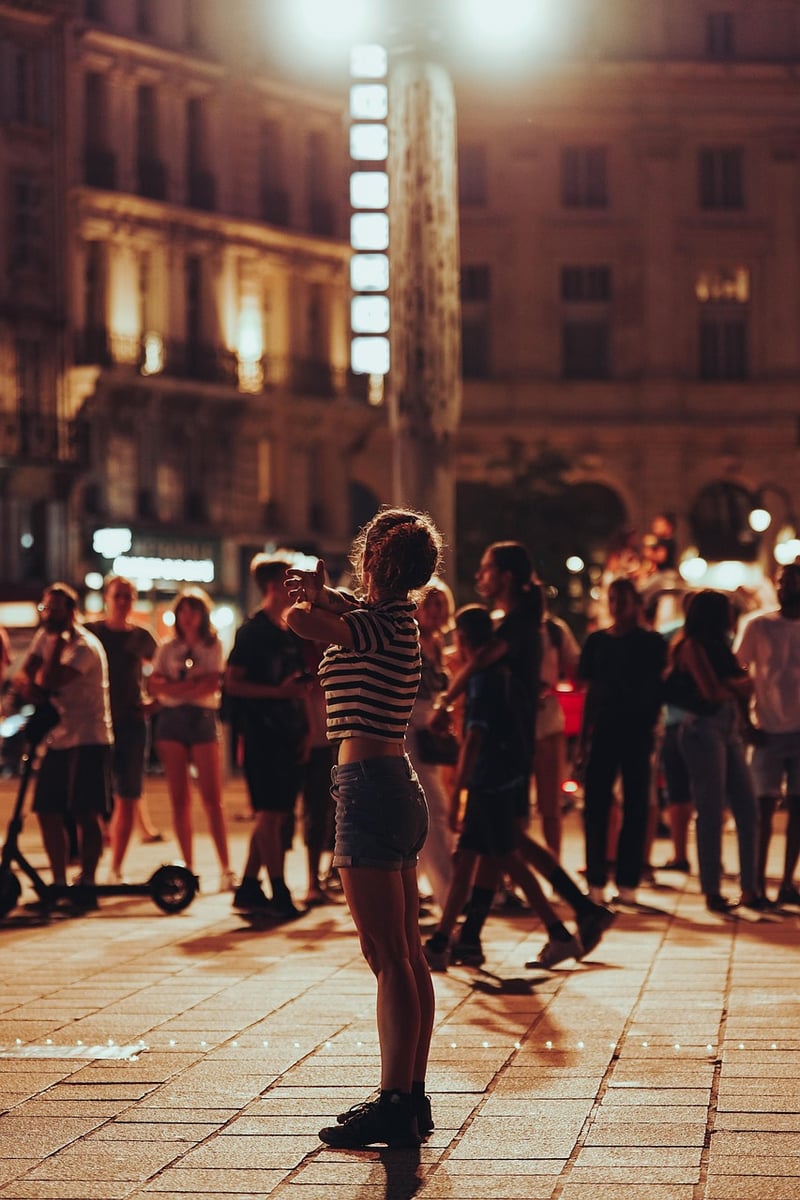
One of the most iconic forms of Hip Hop dance is breaking, also known as breakdancing. Originating from Bronx street gangs in the 1970s, breaking is characterized by its acrobatic and improvisational movements. Dancers, known as b-boys and b-girls, showcase their skills through intricate footwork, freezes, and power moves.
Locking and Popping
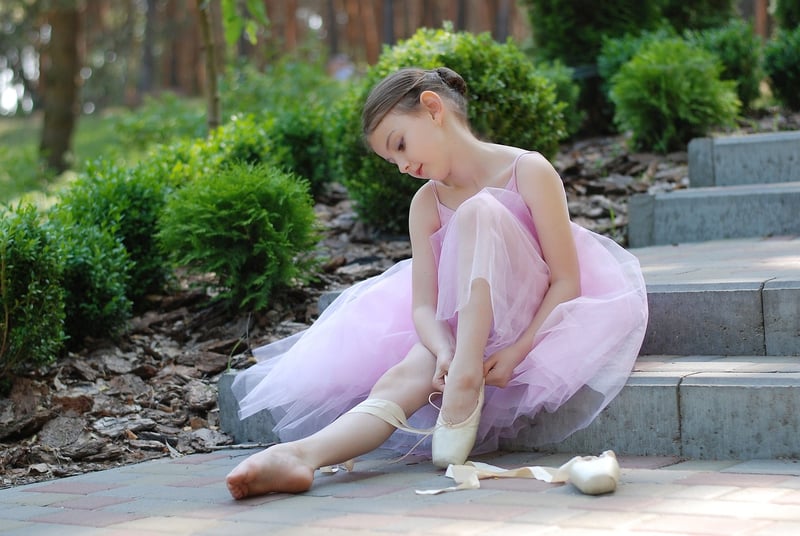
Locking and popping are funk styles that gained prominence in the 1970s. Locking involves freezing in a specific position (lock) before transitioning smoothly into the next movement, creating a dynamic and rhythmic dance form. Popping, on the other hand, emphasizes quick muscle contractions to create a sharp and robotic effect.
House Dance
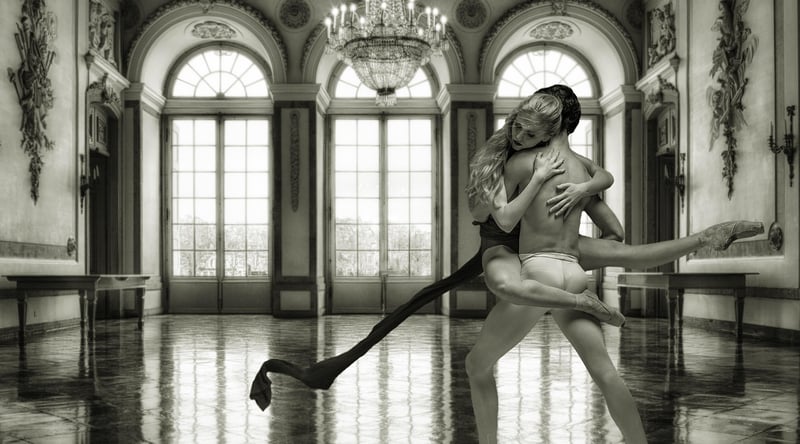
House dance, originating from the underground clubs of Chicago and New York in the 1980s, is characterized by its fluid footwork, jacking movements, and improvisation to house music beats. It emphasizes freedom of movement and individual expression within a structured framework.
Krumping
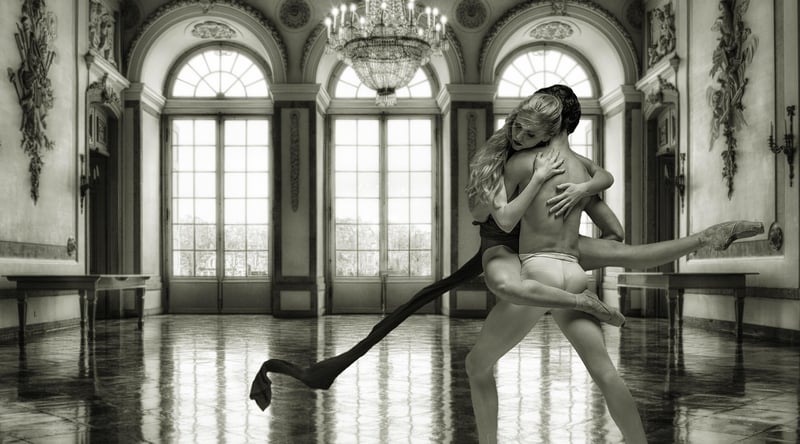
Developed in South Central Los Angeles in the early 2000s, krumping is an expressive and high-energy dance style that channels raw emotions through aggressive movements, facial expressions, and physical intensity. Krump battles often serve as a form of non-violent confrontation and self-expression.
Conclusion
Expressive movement forms within Hip Hop dance continue to evolve and inspire dancers worldwide. From the acrobatics of breaking to the fluidity of house dance and the emotional intensity of krumping, Hip Hop dance offers a diverse range of styles for dancers to explore and express themselves.
Whether you are a seasoned dancer or a newcomer to the world of Hip Hop, the rich history and expressive nature of these movement forms make them a captivating and dynamic art to experience and participate in.
